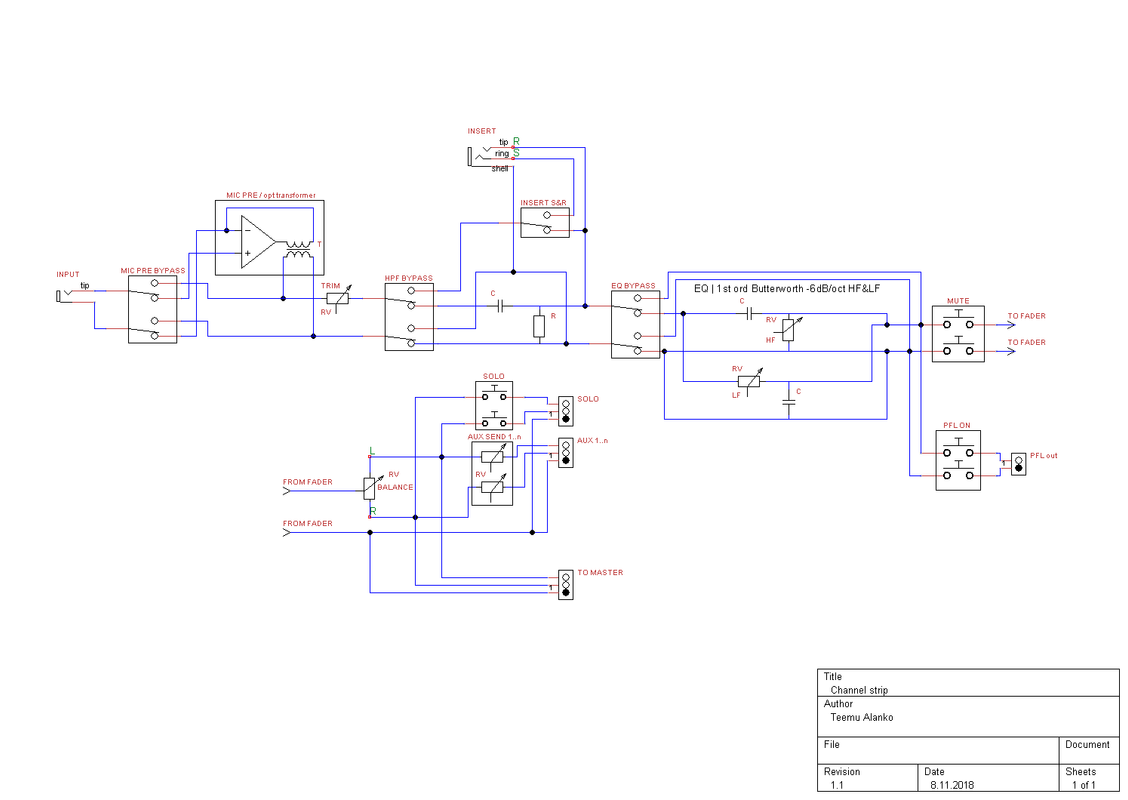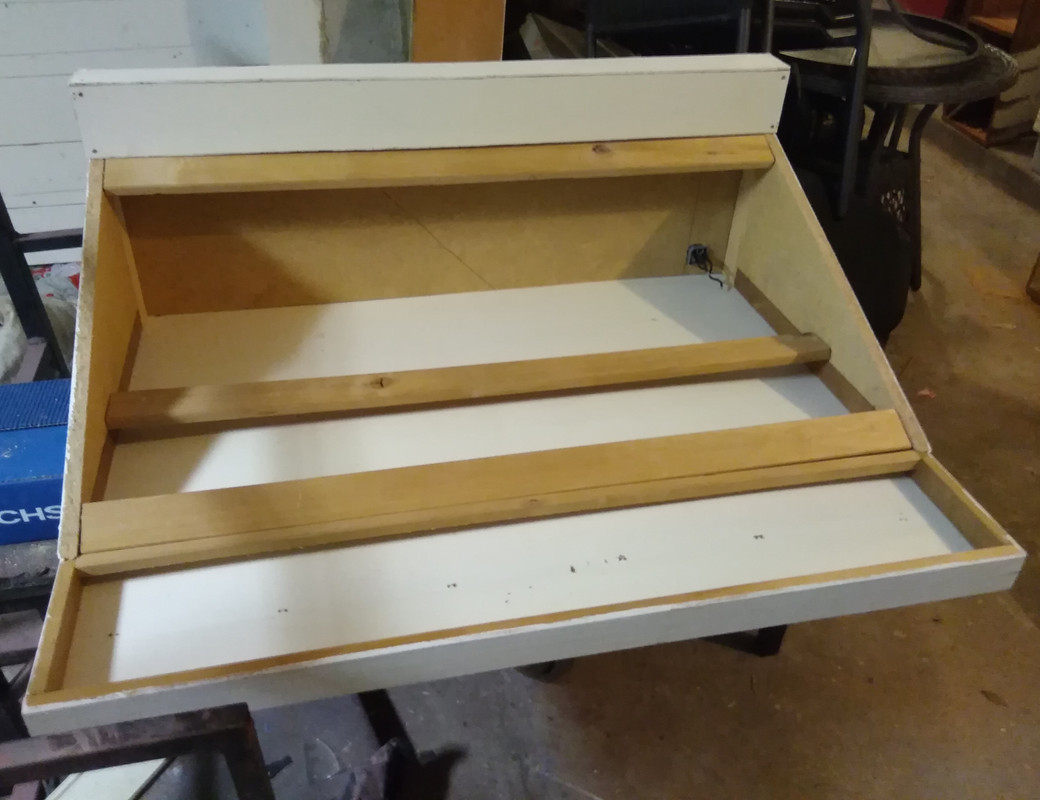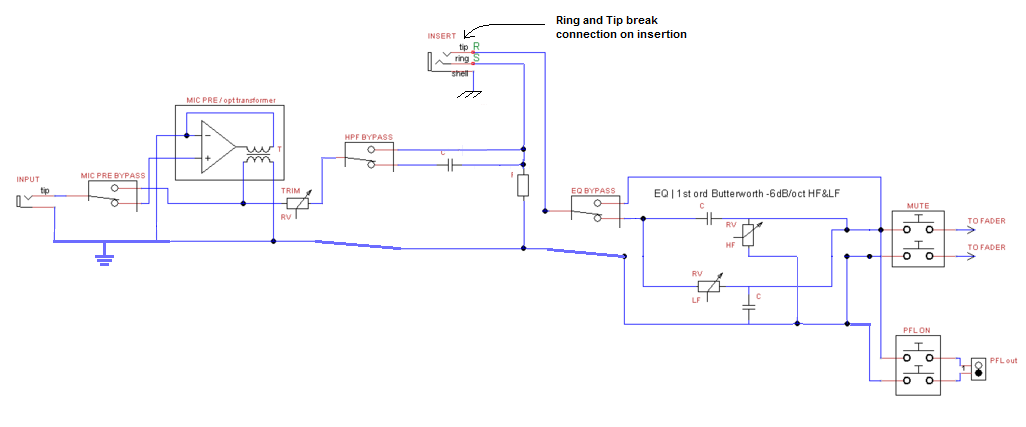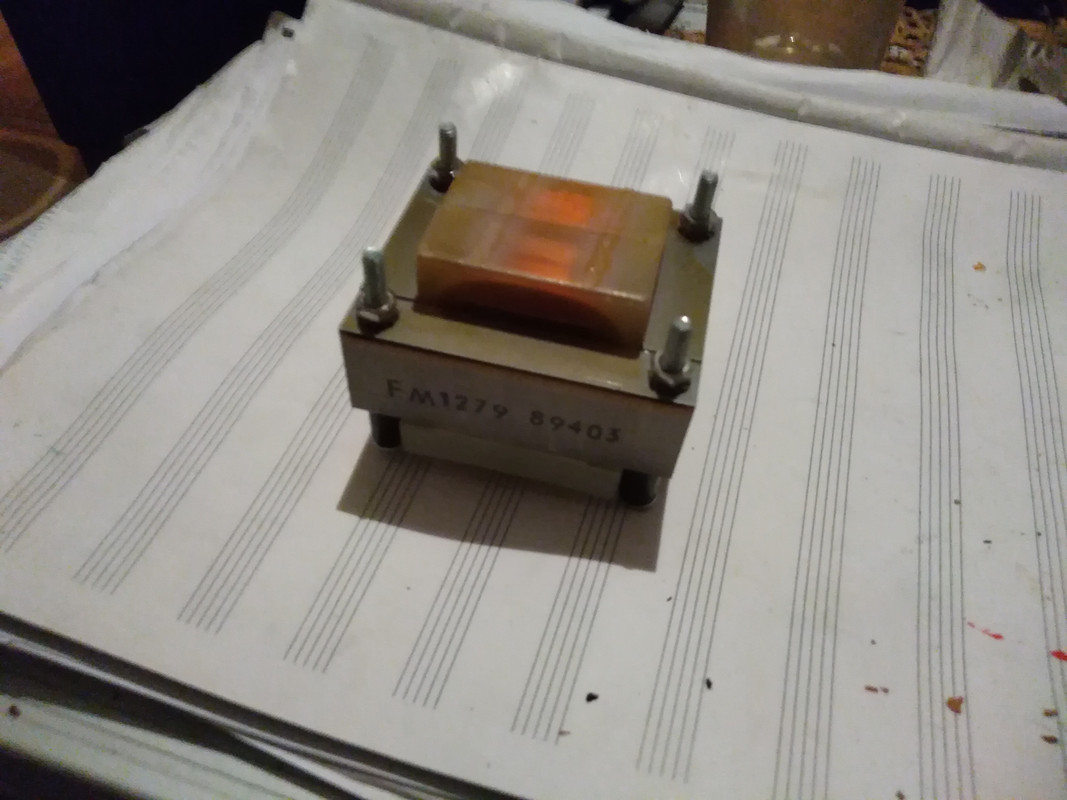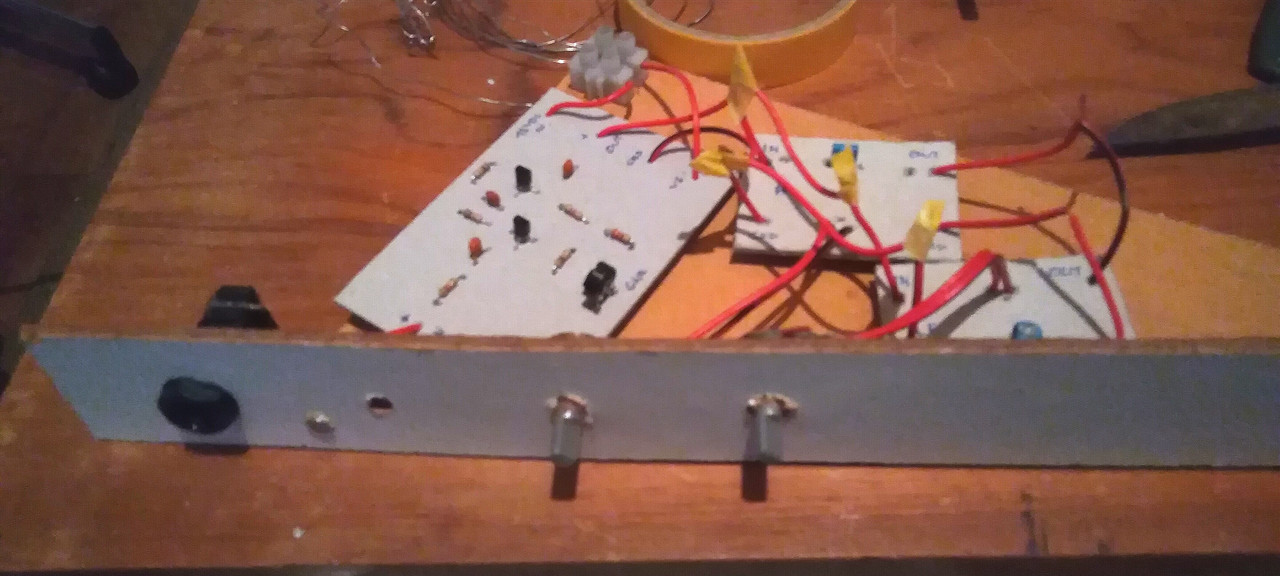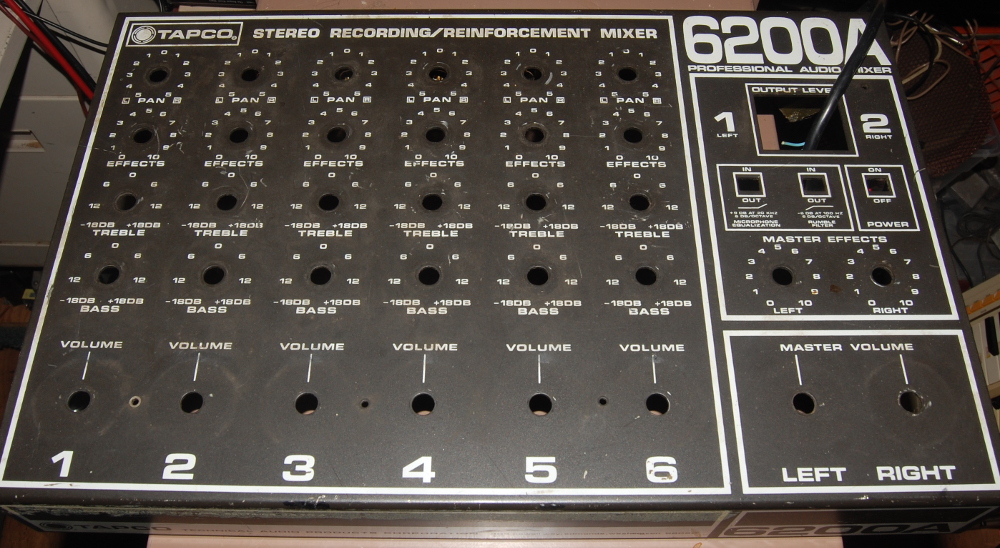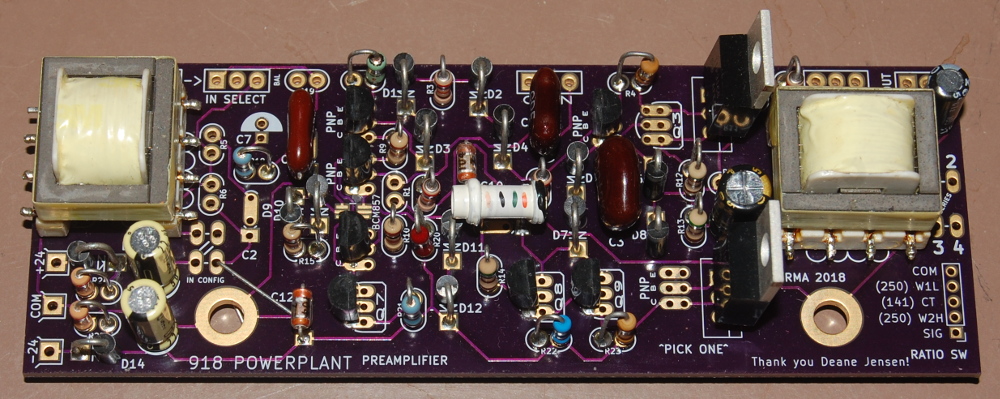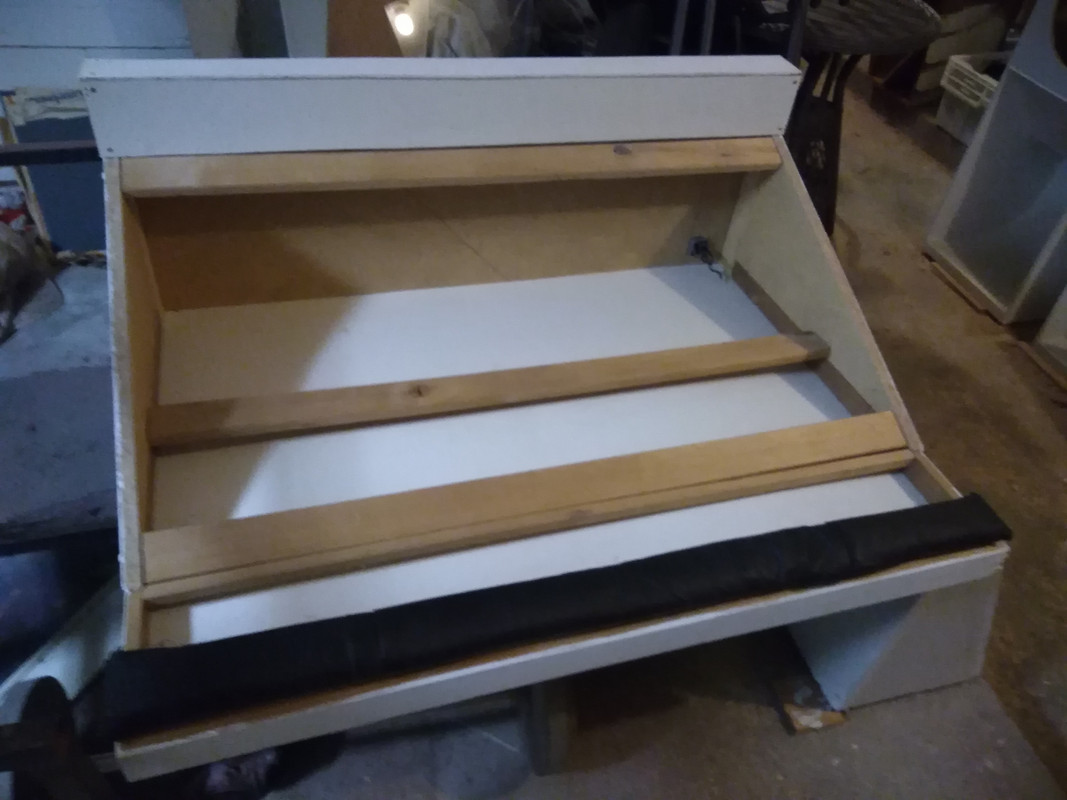efinque said:
Here's a pic of a prototype channel strip in the making..
Is this circuitry functional, and does it meet your criteria of passable quality?
If yes, then I think you have much more room inside your mixer frame than you'll need, even if you wind up having to squish those parts together a bit more. Though I'd certainly add my voice to the chorus regarding shielding, at least line the cavity with some aluminum foil.
I'm sailing a similar craft in that I also have the hard limit of an exterior shell I'm planning to fill out, in my case it's an old Tapco 6200 enclosure.
But I'm going to run into spatial constraints really fast, as I'm planning on starting my signal chain with a dumbed down Jensen 918 based discrete operational amplifier:
All of that functionality (make signal bigger now) could fit on a postage stamp with room to spare these days. But, my design goal is pretty simple. I want six mic preamps in a box with balanced direct outputs, and the added functionality of a dirty mix, so I think I'll be able to sleep at night when it becomes imperative to use some monolithic ICs for other stuff in the summing and sending stages.
Regarding the original post/title, I'm reluctant to offer advice on your build as it seems you are not receptive of ideas that are not loaded with confirmation bias - but I am happy to say that if this project is performing to your needs then you're on an okay path that will probably not be followed by most (which is where culling technical advice in the face of a problem becomes quite tricky).
Belay that: is there a trimpot labelled "Gain" on your input circuit? Why is that not a panel mount control?



